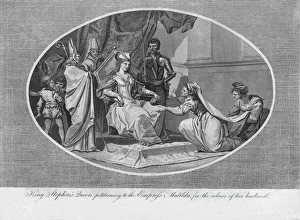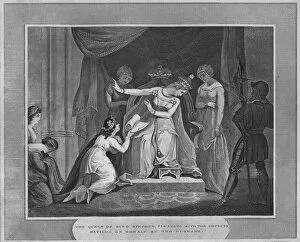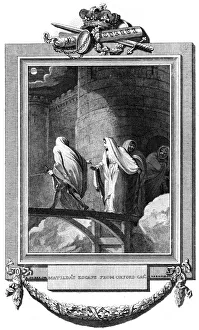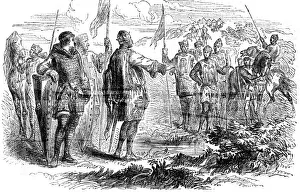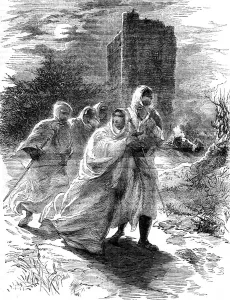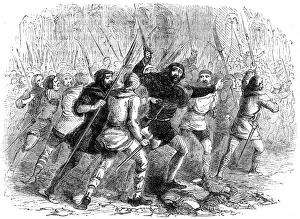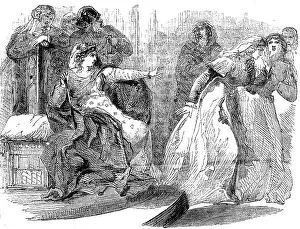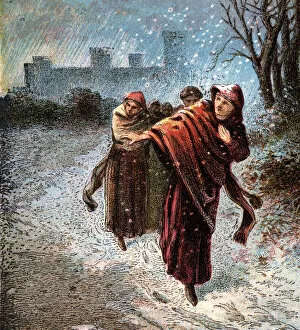Empress Maud Collection
"Empress Matilda: A Tale of Power, Politics, and Perseverance" In the tumultuous era of medieval England, Empress Matilda stood as a formidable figure amidst the chaos
All Professionally Made to Order for Quick Shipping
"Empress Matilda: A Tale of Power, Politics, and Perseverance" In the tumultuous era of medieval England, Empress Matilda stood as a formidable figure amidst the chaos. The year was 1141 when King Stephen's queen fervently petitioned to the Empress for the release of her husband. This plea marked a pivotal moment in history, showcasing Matilda's influence and power. But it wasn't just petitions that defined her legacy; there were also daring escapades like "The Flight of the Empress Maude. " With unwavering determination, she navigated treacherous paths to secure her position on the throne. Her resilience became legendary as she defied societal norms and expectations. Amidst these trials, an enchanting event took place at Lady Egerton's house - "The Miniature Madame Tussauds, " organized in aid of the Girls Friendly Society. Here, Matilda's presence was immortalized through engravings that captured both her strength and grace. Throughout her life, Matilda faced numerous challenges but always found ways to overcome them. In 1139, she was permitted to retire from Arundel in Sussex - a respite from political turmoil that allowed her to gather strength for future battles. Yet not all moments were filled with triumph; tragedy struck in 1120 with "The Wreck of the White Ship" off France's coast. Artist James William Edmund Doyle depicted this somber event where lives were lost but lessons learned about perseverance and resilience. Matilda's story intertwined with those around her - such as Queen Adela pleading on behalf of King Stephen or Herbert Norris' portrayal in "The Lady of the English. " These encounters showcased both alliances formed and rivalries forged during this tumultuous period. Even though time passed by swiftly like Stephen's reign depicted in 1788 or Matilda fleeing Oxford in 1142 (as seen in 1789), the impact of their actions remained.

